Exploring Cango Caves Oudtshoorn
Oudtshoorn – Klein Karoo – Western Cape - South Africa
Explore the mysterious underground wonders of nature’s sculptures in the Cango Caves
Many centuries ago, possibly even numerous millennia ago, the semi-nomadic KhoiSan took refuge against the cold winters or possibly hot summers as well in an overhang or small opening in the foothills of the Swartberg Mountains where the Cango Caves are situated. The tribe lived a life where men hunted or fished for food and women gathered berries, roots and herbs from the surrounding vegetation. Part of their culture was to document their stories and enact their rituals by painting on the walls of the caves with feathers, animal hair or reeds using charcoal, eggs, animal blood, different shades of clay or sand and water.
Many years later, roughly 500 years ago this nomadic tribe left the area, leaving a legacy of ancient bushman art and remnants of their habitation from the Early Stone Age. Did they know what else they were leaving behind? Evidence suggests that although there must have been openings to cavities into the mountain, they never explored deeper because of their superstitions and may even have thought it a sacred area. Another probable reason might be that it could have been too difficult for them to enter and lower themselves into the dark chasms.
A couple of centuries later, a local farmer was lowered into a dark cavern. He lit a hand-made candle as was customary those days to light his way.
(Here my imagination runs riot in the description below!)
The dim glow faltered as the flame flickered in a breeze that found its way into the poorly lit gulf. Still, curiosity got the better of him. He moved forwards precariously and stubbed his toe on a towering mineral column. No sooner had he gained his footing across the uneven ground when he hit his head on an icicle shaped spiky pillar that hung from the ceiling of the cave. It was impossible for his dim torch to truly reveal the mammoth discovery that he had stumbled across.
Facts about the Cango caves
The Swartberg Mountain Range is situated just under 30 km north of Oudtshoorn. The Cango Caves are located on a limestone ridge that runs parallel to the mountains.
Originally the caves were estimated to be an impressive 1 km long. However upon exploring further, the pioneers found the chambers extended well over 5 km. Only a quarter of the caves are accessible to public whilst the rest is closed to preserve this natural heritage and for further research and exploration.
Who found the Cango Caves?
According to legend, a herder Klaas Windvogel, was searching for lost cattle in 1780 when he came across the entrance to the cave. Jacobus van Zyl, the local farmer, was lowered into the cavity and assisted by Barend Oppel, a teacher as well as Windvogel. They discovered that the chamber Jacobus was lowered into was longer than a football field. This chamber is now named in his honour. In 1792 a second chamber was discovered.
Exploring and experiencing the underground mystery of nature’s sculptures.
The Cango Caves, a natural wonder of South Africa, is an enormous historical and archaeological showcase of the Klein Karoo.
Entrance to the caves
South Africa’s oldest tourist attraction, the first official tour through the caves was conducted in 1891. Even before that it was a popular informal tourist attraction. Unfortunately visitors over time, even recently, broke off many parts of the structures inside and vandalised most of the rock paintings at the entrance into the caves.
During our road trip to the Eastern Cape in May 2021 we camped near the Cango Caves so we could explore this creation sculpted by nature. I thought we would be crawling and clambering over rocks to get to some of the caves, but there is a decent walkway that is well illuminated.
We spent the next 60 minutes enthralled as our guide explained the history and that the caves didn’t always look like this. Unfortunately over time much of it was destroyed by man. Still, standing in Van Zyl’s chamber staring at the enormity of the remaining stalagmites, stalactites and helictites, it took my breath away.
Unfortunately recently this ancient cave of 4500 million years had to close its doors at times due to Covid lockdown regulations. A mere drop in the ocean of its time in history, not even long enough to form a fraction of a stalactite. Regrettably though it already had an enormous effect on the livelihoods of the people in the area.
Over the years it was a crucial contributor to the tourism economy of the Garden Route and Klein Karoo, and in particular Oudtshoorn. When we drove into the parking area we were astounded to see what a ghost town this magnificent tourist attraction has become.
Cango Valley and empty parking bays
At the entrance stairs take you down into the massive Van Zyl’s Hall. Its length is about 107m long and at its widest section 54m width. The height reaches up to about 17m. The formations are remarkable, some with names such as the impressive 10m high Cleopatra’s Needle. Some of the other formations are the Organ Pipes, the Ballerina and the Frozen Waterfall.
Our guide gave us an opportunity to briefly experience some of the thrills of those early explorers when he told us to stand in our places and turned off the lights. Not a glimmer of light.
NB – Important Information:
Between severe lockdown levels for the Covid-19 pandemic, the Cango Caves closes temporarily for tourists. Please check their website to see when they are open so you can plan accordingly. When we went between lockdown levels the Adventure Tours were not operational because of health regulations. Neither were the restaurants open.
Tours in the Cango Caves
There are two tours, the Heritage Tour and the Adventure Tour.
The duration of the Heritage Tour is 60 minutes, usually numerous times during the day. In line with the safety protocols due to the pandemic, originally catering for a maximum of 100 people, they allowed 25 people on the tour. We were less than that. When our tour was complete there weren’t many people waiting for the subsequent slot.
The Adventure Tour which would be 90 minutes of duration has been cancelled temporarily. Understandable, but such a disappointment, because this would have been a more challenging adventure whilst crouching or crawling through the thrilling passages and constricted tunnels of the deepest sections of Cango 1. It is only for lean people and not couch potatoes. There are certain requirements to be able to do this tour and is not suitable for young children, pregnant ladies or those that suffer from claustrophobia, high blood pressure or asthma.
I have always been fascinated by rock formations and these were on a totally different level, if you know what I mean. Even though we could not do the adventure tour, it was still worthwhile seeing the chambers that we did. It is worth adding to your bucket list adventure.
Useful information:
It is sensible to wear suitable shoes for walking and light clothing for a comfortable constant temperature of 20°C (60 °F ).
Did you know?
The formations are unique and were formed as a result of faulting. They would not normally have formed in this area.
Gallery of some formations in the Cango Caves
Click on the images to enlarge
Pinterest Pin
Click on image and pin
Pinterest Pin
Click on Pinterest button and pin for later
Find me on Social Media
Booking Accommodation
If this article inspires you to travel it would be greatly appreciated if you book your accommodation via the links on this page. Alternatively take a look at my shop page. When you book it will earn us a small commission at no extra cost to you. This will also assist in keeping the Roaming Fox website running.
As always, I appreciate your support. Thanks! – Alma aka Roaming Fox.














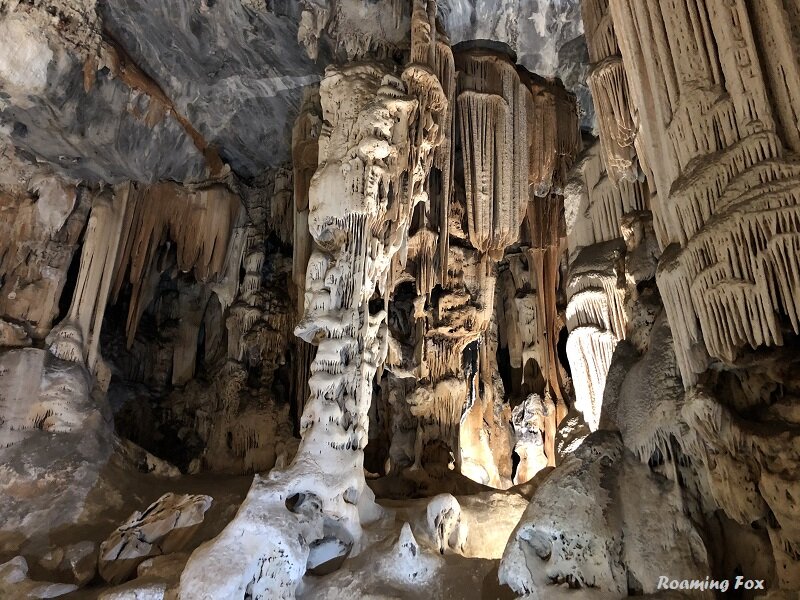






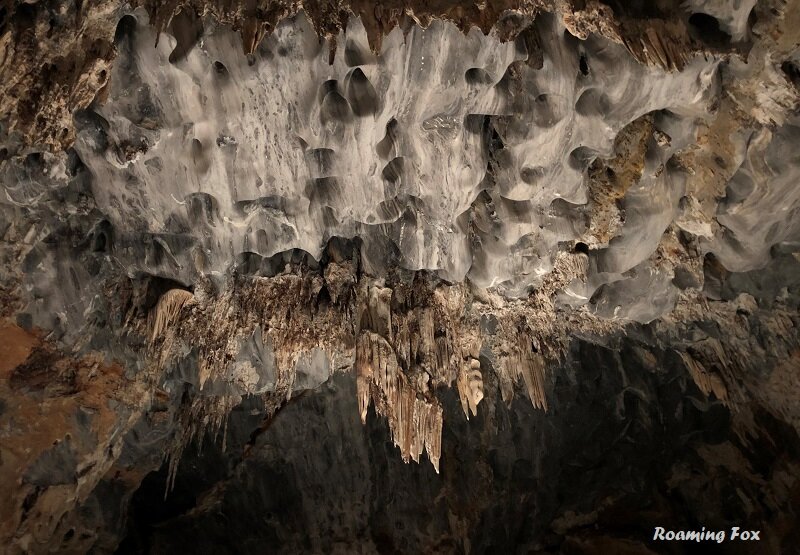






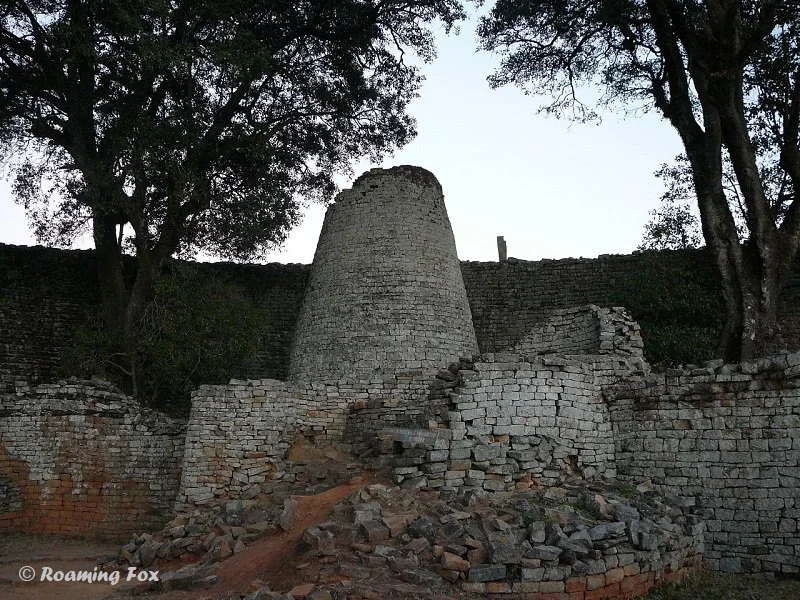

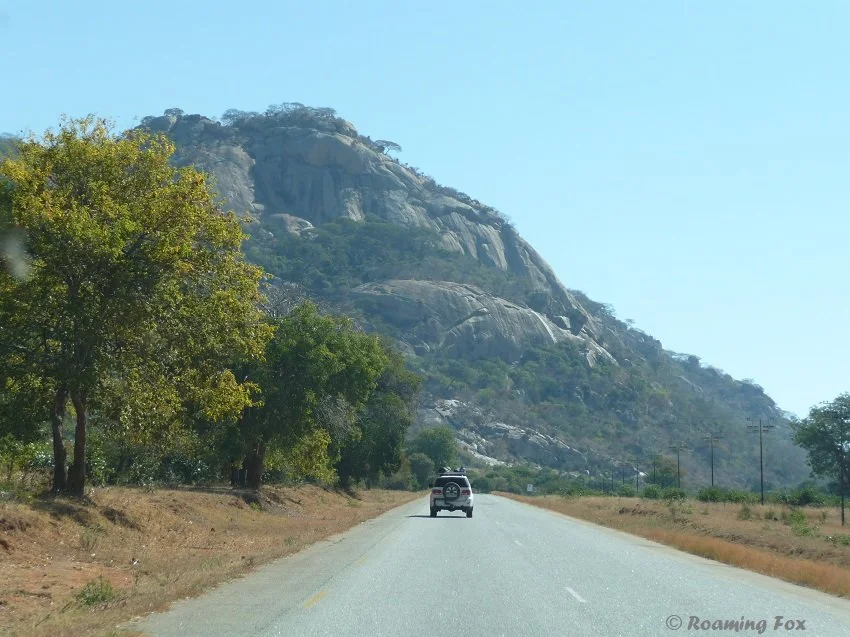




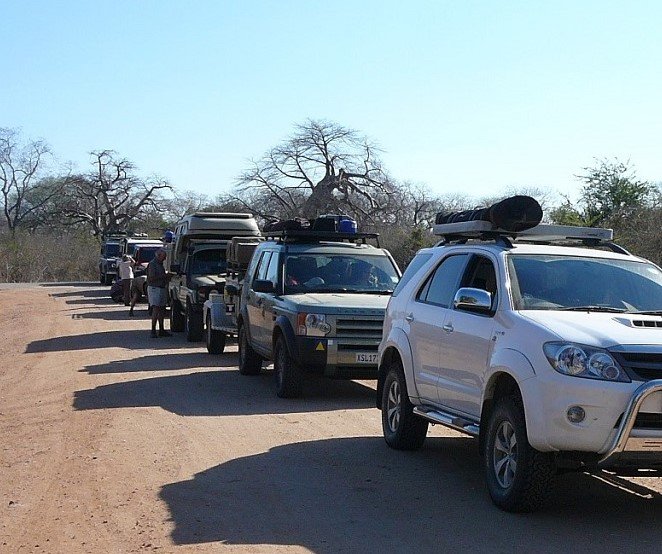
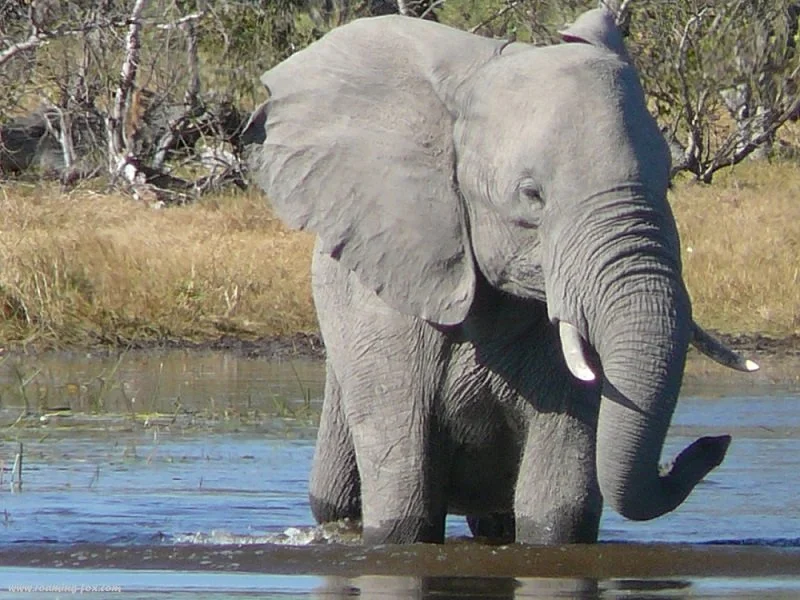
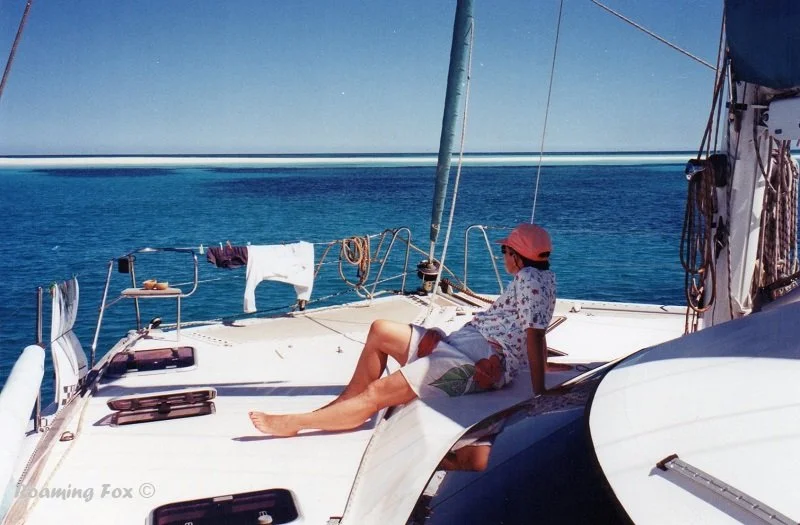

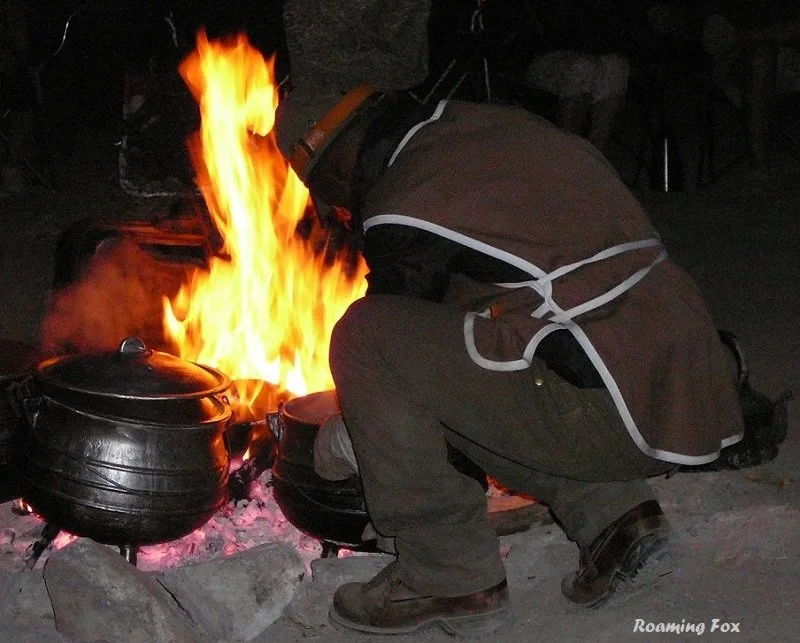


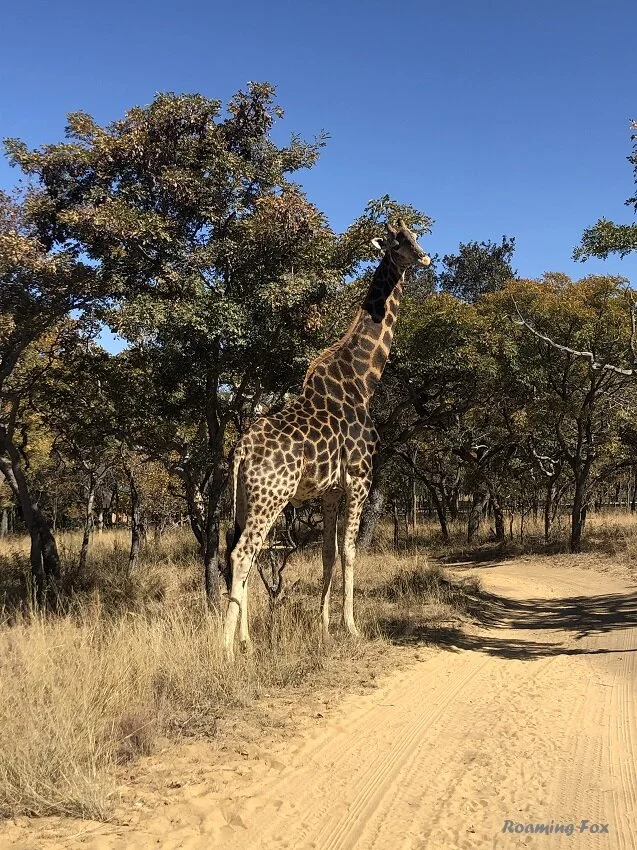
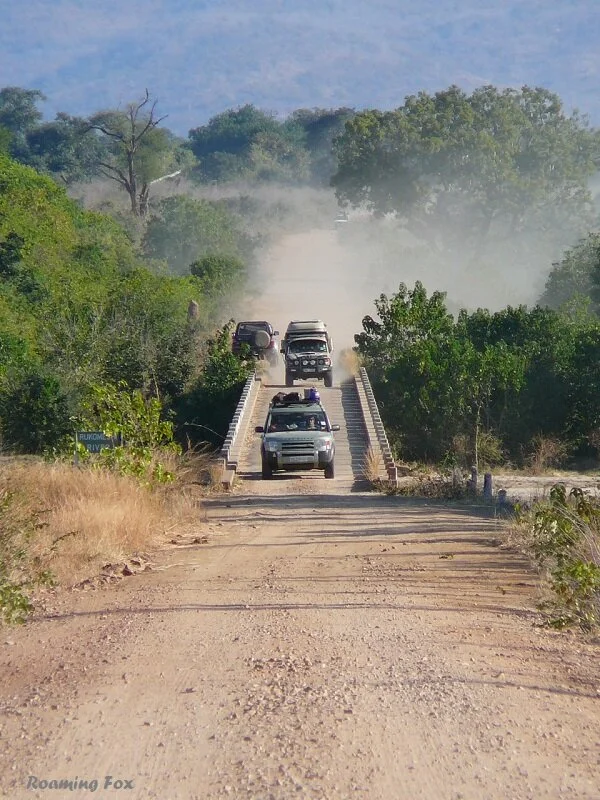

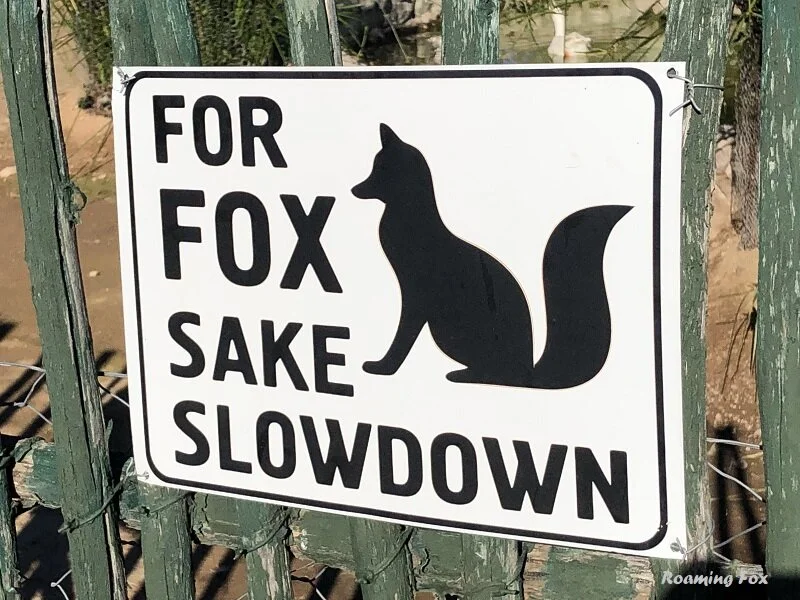


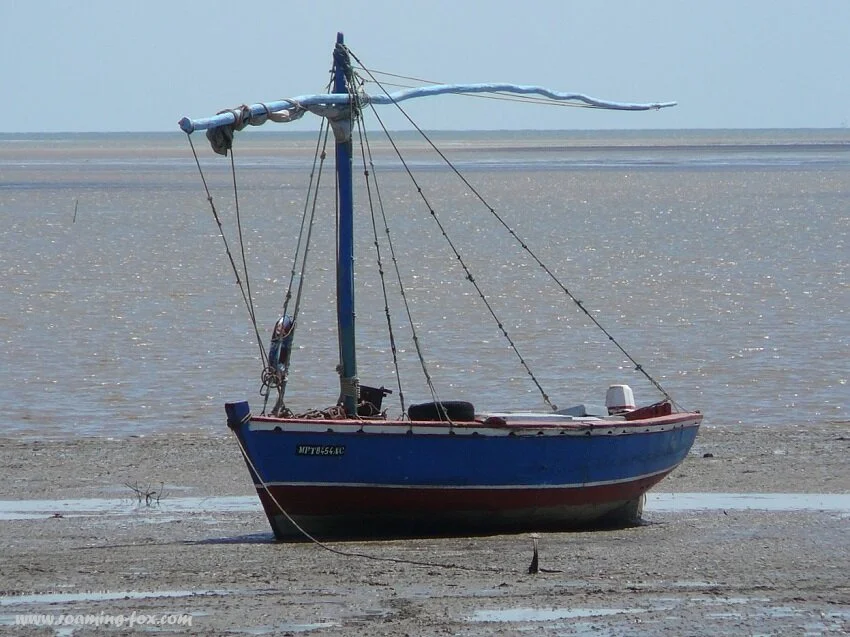
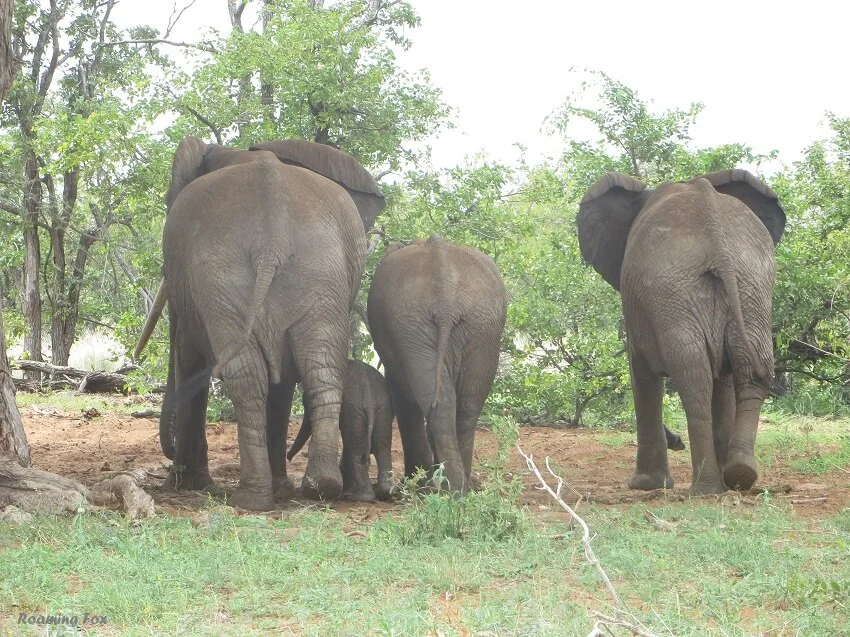






The Best Way to see a country? Take a road trip! Have you ever had that feeling when you hit the open road on your road trip? Freedom. Anticipation. Exhilaration.